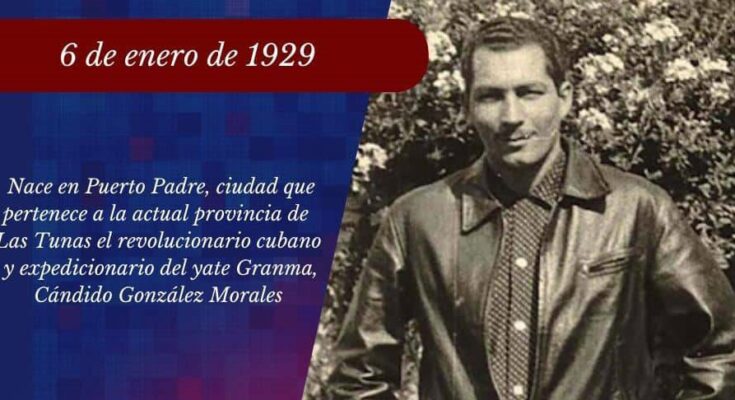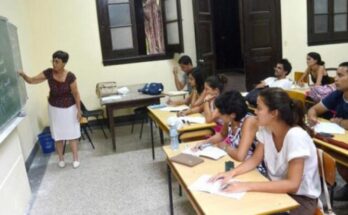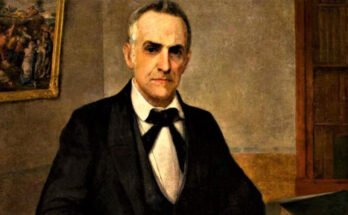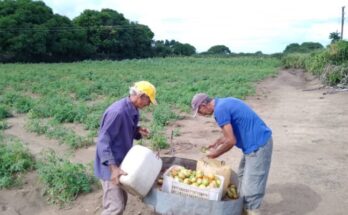Cándido González Morales was born in Puerto Padre, in the current province of Las Tunas, and became the most important leader of the revolutionary youth of Camagüey since the late 1940s; president of the Association of Students of the Professional School of Commerce, leader of the Orthodox Youth and founder of the 26th of July Movement in Camagüey. Che Guevara described him as “A revolutionary without blemish”.
Dark, tall and thin, with a cheerful, jovial and talkative character, Cándido liked music and parties and among his main entertainments were reading, dancing and playing baseball; his passion for Cuba led him to actively participate in the response of the people of Camagüey to every injustice and act of tyranny.
The events related to the assault on the Moncada and Carlos Manuel de Céspedes Barracks reaffirmed his conviction that the armed struggle was the only way to solve Cuba’s problems and in fact he became a faithful sympathizer of Fidel Castro’s ideas.
A bank worker and sales agent for a company, Cándido is one of the main promoters in Camagüey of the campaign for the amnesty of political prisoners whose main objective was the freedom of the Moncadistas; he participates in the distribution of flyers, places signs on walls and organizes events at the School of Commerce, Secondary School, public squares in the city of Camagüey and other localities.
Founder of the 26th of July Movement, provincial coordinator of that force and its main organizer in all the municipalities of the former province of Camagüey, due to his actions and prestige among the revolutionaries, he is persecuted by the representatives of the Batista regime and is ordered to leave for Mexico to prepare himself as a future expeditionary; in that nation he earns Fidel’s trust and is one of his closest collaborators.
Traveler of the Granma; when the military structure of the expeditionary contingent is informed, Lieutenant Cándido González Morales is assigned to the General Staff; after the combat of Alegría de Pío he advances eastward, looking for the Sierra Maestra together with the group led by José Smith Comas, but betrayed by an informer they are assassinated on December 8, 1956; he was 27 years old at the time.
Along with him, Tomás David Royo Valdés, Miguel Cabañas Perojo, Raúl Suárez Martínez, René Reiné García, Noelio Capote Figueroa and Antonio (Ñico) López Fernández were murdered.





